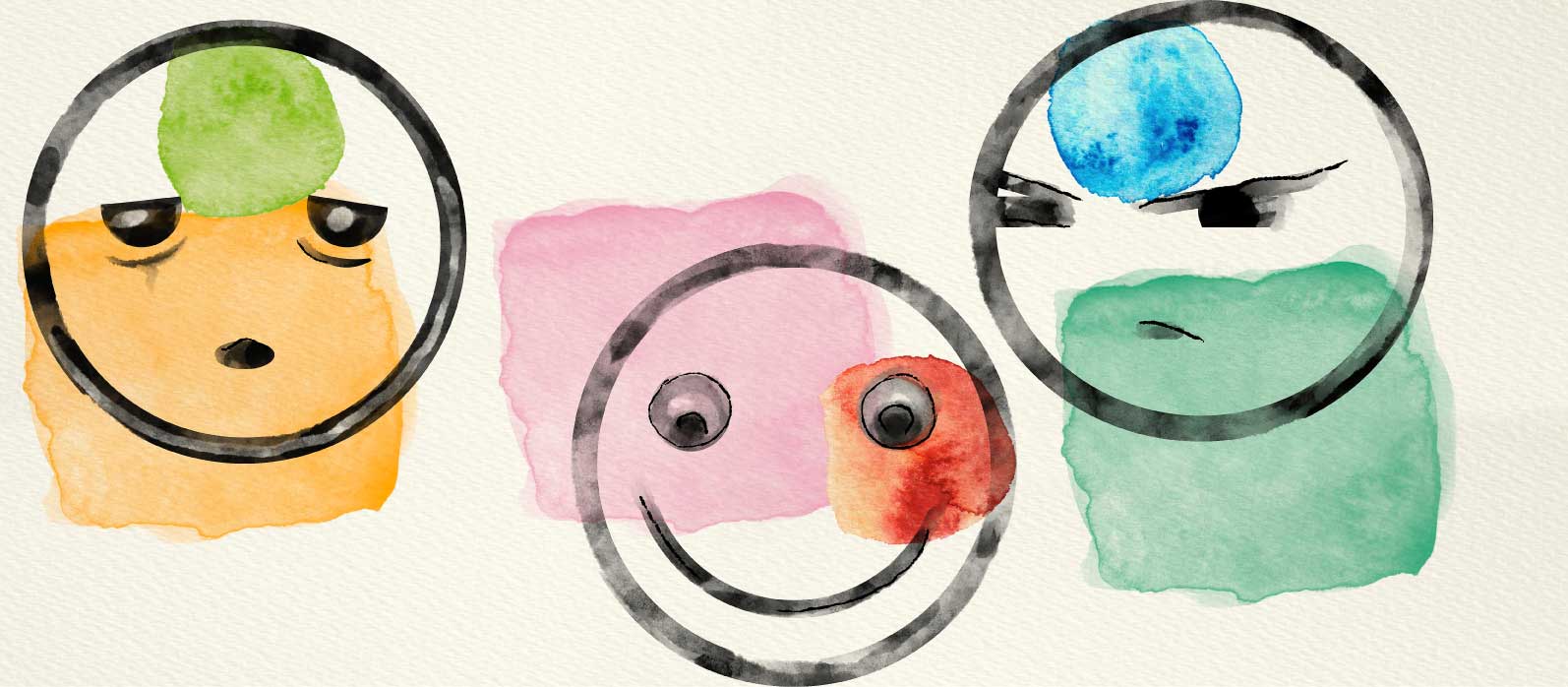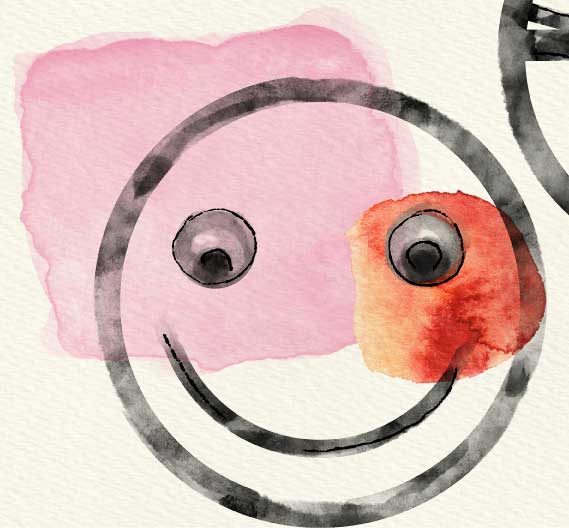Parts Work
IFS Therapy and Your Inner Child
What are “parts”?
We all have “parts” of us. Perhaps you’ve had the experience of part of you wanting to eat ice cream and part of you wanting to stick to your diet; or perhaps part of you has wanted to go to a party, while another part wanted to stay home and binge TV; or perhaps there have been times in your life where part of you wanted to quit your job, but part of you knew it was smarter to stick with the job, at least until a better opportunity came along.
We are not the “single” individuals that we pretend to be, but rather, all of us have these conflicting parts within. This is just being human. However, those of us with an over-activated nervous system likely have significantly more “parts,” and those parts are probably in greater conflict with each other. That said, we also all have a “higher” self or a “true” self or a primary self of some sort, who is the one we are learning to tap into as we recover from illnesses like Long Covid or chronic fatigue syndrome or a host of other conditions and chronic pain related to over-active nervous systems.
Early in my recovery journey, I learned to work with my inner child, and that was helpful. However, later I discovered the theories behind Internal Family Systems (IFS) therapy and theories around fragmented selves, which each take inner child work to a much, much deeper level. So, although I listed “inner child” in the title of this section, I only did so because it’s a term some people may be more familiar with. I now believe inner child work is a less refined version of parts work, and I think parts work is much more powerful. For the most part, I’m happy with the trajectory of my recovery and what I learned to enable my recovery, but the one exception is that I wish I’d learned about parts work sooner. These techniques were revolutionary for regulating my nervous system, and to this day, this is a tool I use regularly.
But before we get to the tools, we need to understand the parts.
How do our “parts” form?
The following is based on my current understanding of emotional development, attachment theory, IFS therapy, and theories around the “fragmented selves.”
Regardless of how rational and logical we may think of ourselves, everything in life requires some level of emotional response and processing. When we’re young (babies and toddlers), we can’t handle all of our emotions on our own, and we rely on our caregivers to help us regulate our nervous systems during emotional times. In an ideal world, when big things happen, especially to small children and babies, their caregivers provide support for them to process their emotions. However, if the emotions can’t be processed, the repressed emotional responses end up as small parts, frozen in time.
Let’s consider an example. Imagine something happens to a young child. It may not have to be big, and I’m going to use a smaller example that is problematic, but that wouldn’t typically be thought of as “trauma.” Let’s say a child’s mom picks him up from preschool, and because he’s so young, she can’t explain to him that she’s just been yelled at by her boss who warned her that her job would be at stake if she didn’t improve. He’s sitting in the back seat, babbling excitedly about his day and something that happened, and out of nowhere, his mom says, “Shut up! I can’t take this right now! I need to drive!”
The little boy, being the perceptive child that most children are, can sense how extreme her anger and fear are, even as she’s trying to hold back in his presence. He doesn’t know that he’s not the cause of his mom’s outburst though. In that moment, he freezes. His nervous system is overwhelmed by the emotions flooding through him. He might feel fear that she might hurt him or that she might abandon him because he was too excited. He might feel shame for being too excited. He might feel anger at himself for upsetting his mom. He probably wants to cry and get reassurance from his mom, but he’s scared of making her angrier. And he may feel many other things as well. It’s all too much for his young nervous system to handle. Because he doesn’t have the capacity to feel any of those things on his own, they each become fragmented, unprocessed parts of his nervous system.
Even at such a young age, we learn to hold these emotions back and pretend they aren’t there. A few instances like this example are not going to make or break a child, especially if the caregiver can give the child emotional support about the incident after the caregiver has had a chance to deal with their own emotional turmoil. However, with each event that happens, either at the hands of caregivers or others, and the child doesn’t receive emotional support to process these events, the child will continue to develop with fragmented parts that are stuck in that original moment. The more traumatic the event, or the more often difficult or traumatic events occur, the more unprocessed emotions will turn into frozen “parts” that affect our ability to respond to life’s stressors.
Additionally, we may also develop more fragmented parts that try to help keep the vulnerable, emotional parts hidden. These protectors may make us feel ashamed of or even hatred toward those unprocessed emotional parts. Without understanding what’s happening, and without understanding that these fragmented selves exist, we may experience that as shame or hatred against ourselves as a whole.
How do our “parts” affect us?
Each of our “parts” can essentially be thought of as neural circuits that formed at the time the event took place. When something similar to the original event happens, those “parts” or neural circuits are reactivated. These are automatic responses, which occur before we have time for logical thought, and they may override our “logical” adult brains completely. The “parts” learned a response to a certain stimuli, and now when something similar occurs, those “parts” of our nervous system are triggered, and we respond as the child did.
An adult may logically understand that her boss supports her, but because of the fragmented parts she developed as a child when her parents, a coach, or a teacher yelled at her, she may have an automatic response of freezing or people pleasing when her boss shows any signs of being dissatisfied with something she’s done, regardless of how minor his dissatisfaction. Or the boy in the previous example may have developed an “irrational” fear of losing his job because his younger, fragmented parts are still scared of the impact that job loss had on his mom. An adult may find themselves with an “irrational” fear of speaking in public without even remembering that there was a time that they were laughed at in school for giving the wrong answer to a question.
We may also find that the protector parts turn into chronic thoughts of shame, anxiety, and/or self-hatred. And, of course, we may find ourselves crippled by illness and pain because the “parts” of our nervous system are too overwhelmed by everything that’s happened to us and that we weren’t able to process.
How to work with and heal our “parts”
The goal of working with “parts,” is to process each emotion that got frozen and repressed, and to help our nervous system rewire itself to react to similar events with a calmer, more compassionate, more adult response.
When you begin working with these parts, they can feel like small children who are frozen in the time. They can also feel extremely overwhelming. It may be overwhelming because the feelings and emotions are all so strong, or because there are so many parts from so many different events, or likely a combination of both.
However, this can actually work in our favor: because these each became individual parts, and because they were frozen at the time of the event, we can separate out each emotional response to the event, and take care of the emotional part as if it was still that age. So what does this look like?
First, JournalSpeak can be a helpful tool to pair with parts work because the act of writing (or typing) helps us focus on just one emotional part at a time. If you’ve been doing this work for a while, you can probably help some of the emotional parts process an event during a meditation or even in the middle of everyday life, but if you’re still new to this, it may be too difficult to remain focused, and the activity could get overwhelming. So, I recommend doing this as a JournalSpeak activity.
I’ll write about more ideas for how to do this in the newsletter, and add links to those posts below.
Learn more
In the articles below, I dive deeper into topics, tools, and techniques regarding this component of healing. This is where I share what I did to heal and where I’ll add updates as I learn new information on these issues. So make sure to look through these posts as well.
Other Resources
The Healing Pathways Newsletter
Get the latest posts and information about how to heal and reset your nervous system by signing up for the newsletter.





